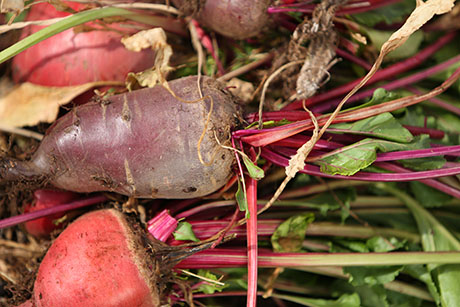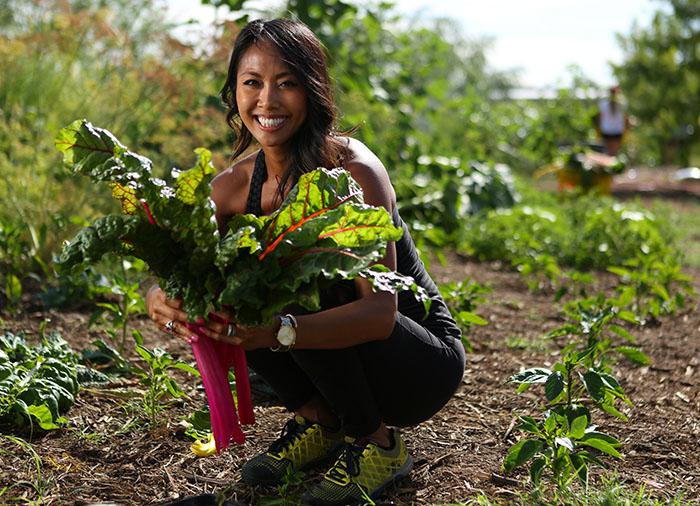With triple digit temperatures still heating up the valley, braving that heat to plant a garden might seem like bad idea. After all, if the heat doesn't kill the plants, the sun surely will, right? Wrong! Local gardeners and farmers like Chanika Forte, SVdP’s resident urban farmer, know that Arizona’s biggest planting season is upon us. So, if an at-home or community garden is on your fall to-do list, Chanika answers your questions on how to get started.
Picking the Right Plants

“First, it’s important to identify which plants will thrive in the fall months,” she says, “Now is the time for broccoli, spinach, beets, onions, parsnips, turnips, and radishes. If any crops need to be transplanted, it is important to wait until they are ready. Fall is the time to uproot and replant Brussel sprouts, cabbages, carrots and cauliflower."
When gardening, keep in mind that the average plant takes thirty to sixty days to grow. Most of this produce will thrive through the winter months, but planning and prepping now ensures fresh food throughout the holiday season.
Location, Location, Location
Once your vegetable selection is made, it’s time to start thinking about location. Chanika says a common misconception among beginning gardeners is that a large space is required to grow a garden. “It’s all about getting creative; you don’t need a lot of room. Let’s say you have a small patio, make your garden out of storage containers or those five-gallon Home Depot buckets. Poke a bunch of holes in the bottom for drainage, and use those as planters. Just make sure you follow the rule: one plant per bucket.”
However, while space is not important what is important is sunlight. Find a location that gets between 4-8 hours of daylight and a good amount of shade around 1 or 2 o’clock in the afternoon, when the sun is directly overhead. Too much sun can stress a plant's leaves to the point of dehydration, causing the plant to dry out.
Cultivating Good Soil
The next thing to consider for your garden is the soil. Arizona soil lacks nutrients, which is why gardeners have to build better soil. “Plants need aerated soil, potassium, magnesium and nitrogen. We usually combine our soil with a mixture called Azomite or Bloom,” Chanika explains. “A helpful tip is to sprinkle the mixture every couple weeks around the base of the plant, so that when it gets watered, the nutrients seep straight into the roots.”
Plants also like food waste from your kitchen. Rather than throw away left over vegetable or fruit peelings, save them and combine with grass clippings and the soil from your yard. This mixture will help build a healthier soil for the plants.
The last thing Chanika wants gardeners to know is her personal mantra when it comes to gardening. “Water, water, water,” she says. “Arizona deals with brutal elements, and it’s important that your plants have enough water so they don’t dry out. Make sure to keep them hydrated and they’ll keep growing.”
Learning As You Go
Starting a garden isn’t an exact science, and Chanika wants first timers to not get discouraged. “Don’t be afraid to make mistakes. A plant or two might die and that's fine, because you will learn from that. So don't be afraid to mess up.” Chanika is also an open book. She’s been working as an urban farmer for three years and constantly reminds volunteers that she’s a resource.
“When people come to volunteer, I try to answer as many questions as they can throw at me. Whether it is information, a planting guide, or composting literature to look at, I try to have material available so volunteers can start their urban farm at home.”
Looking for more experience before you start on your backyard garden? Then volunteer with us! Visit one of SVdP’s 3 Urban Farm locations. Volunteer opportunities are available and are great way to get gardening experience, help the community and learn a new skill. To sign up, click here to fill out our volunteer form.




